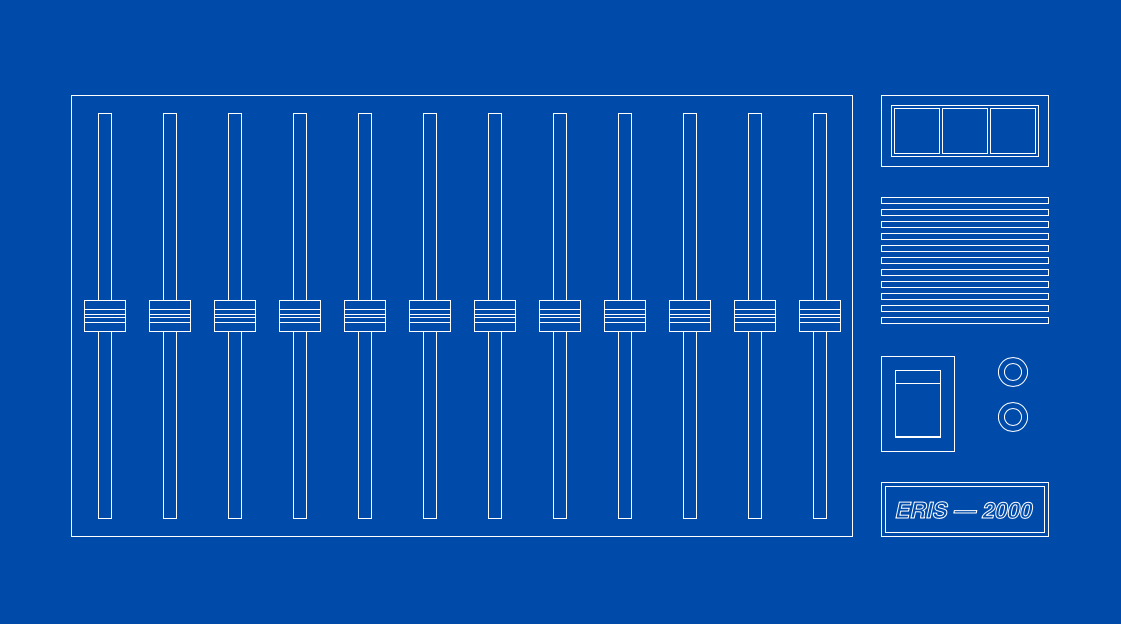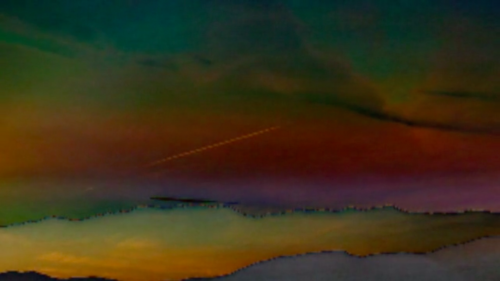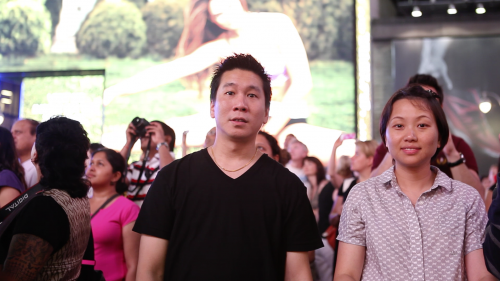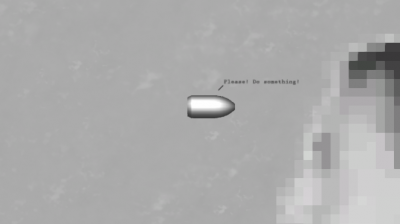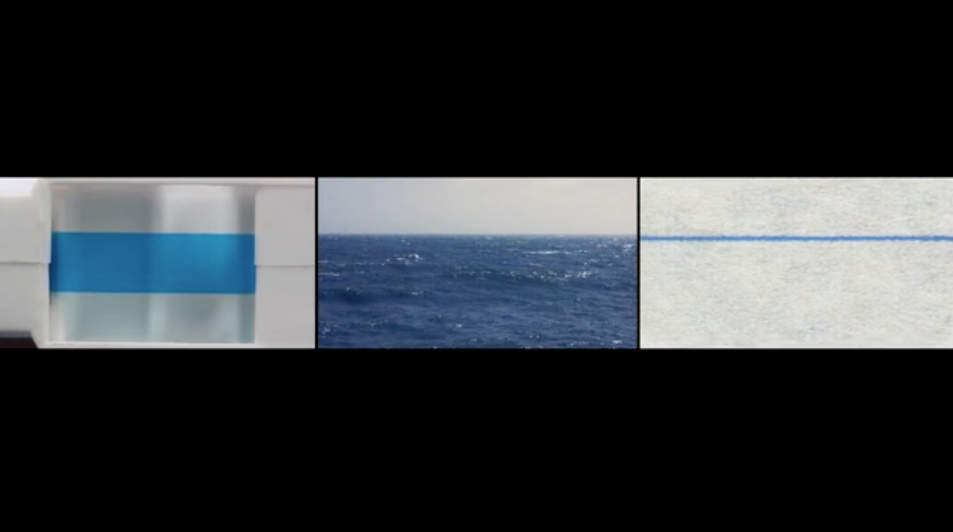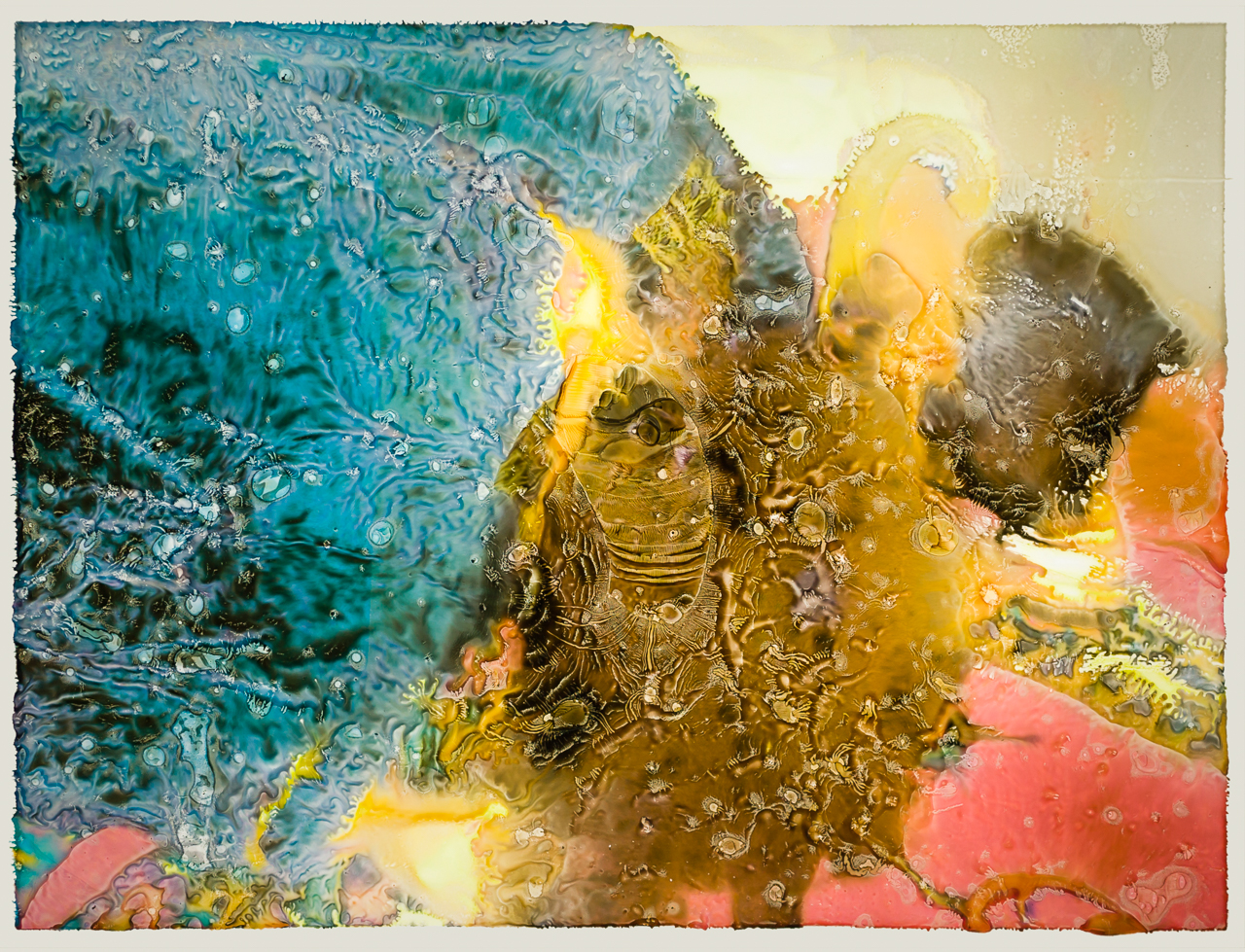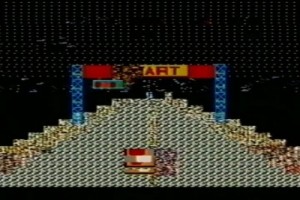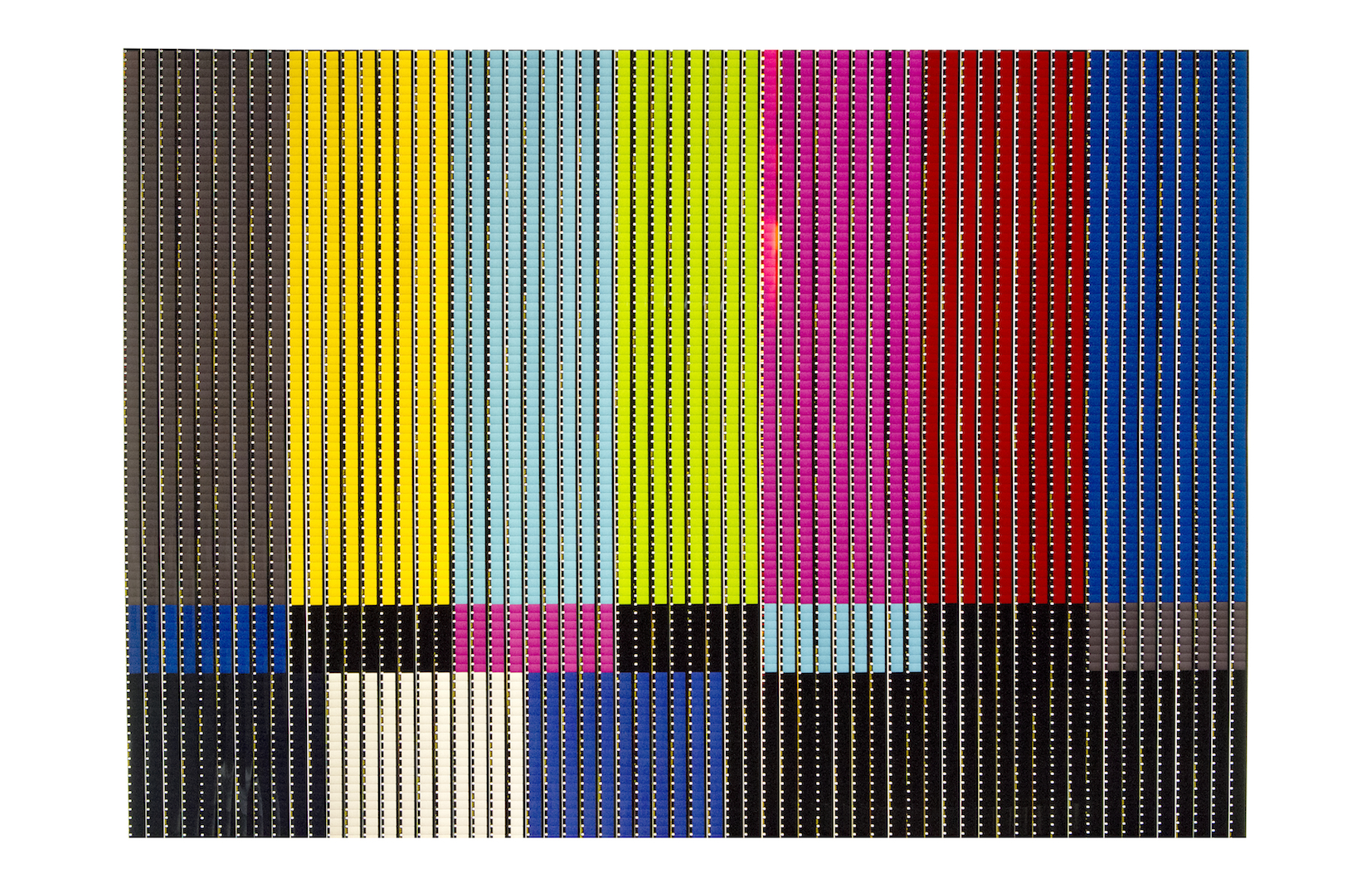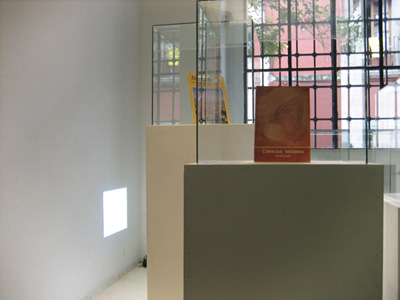The BLUEPRINT/Product Disparity: Learning from Lofty Plans and Humble Products
Artwork By Robert Watkins Where do art and academia meet? Can academic writing be artistic? Are academic journals art? Journals like Kairos, Digital Humanities Quarterly, Computers and Composition Online, and InVisible Culture (among others) like to push the boundaries of what is art and what is academia. Some may argue that they don’t push the boundaries of what separates the two so much as showcase how art and academia intersect. These questions drive my work. My current work, the academic-ish comic, “The Blueprint/Product Disparity: Learning from Lofty Plans and Humble Products” only attempts to answer this on a meta-level. Years ago, I became fascinated with the visual and its effectiveness in presenting data. Work from visual gods like David McCandless and Scott McCloud made me realize how clunky alphabetic text can be in representing ideas. I wanted to write about using comics and infographics as academic mediums. My intention was never to undermine the power of the written word by any means. I worried that using traditional text to promote visuals might seem hypocritical and …


